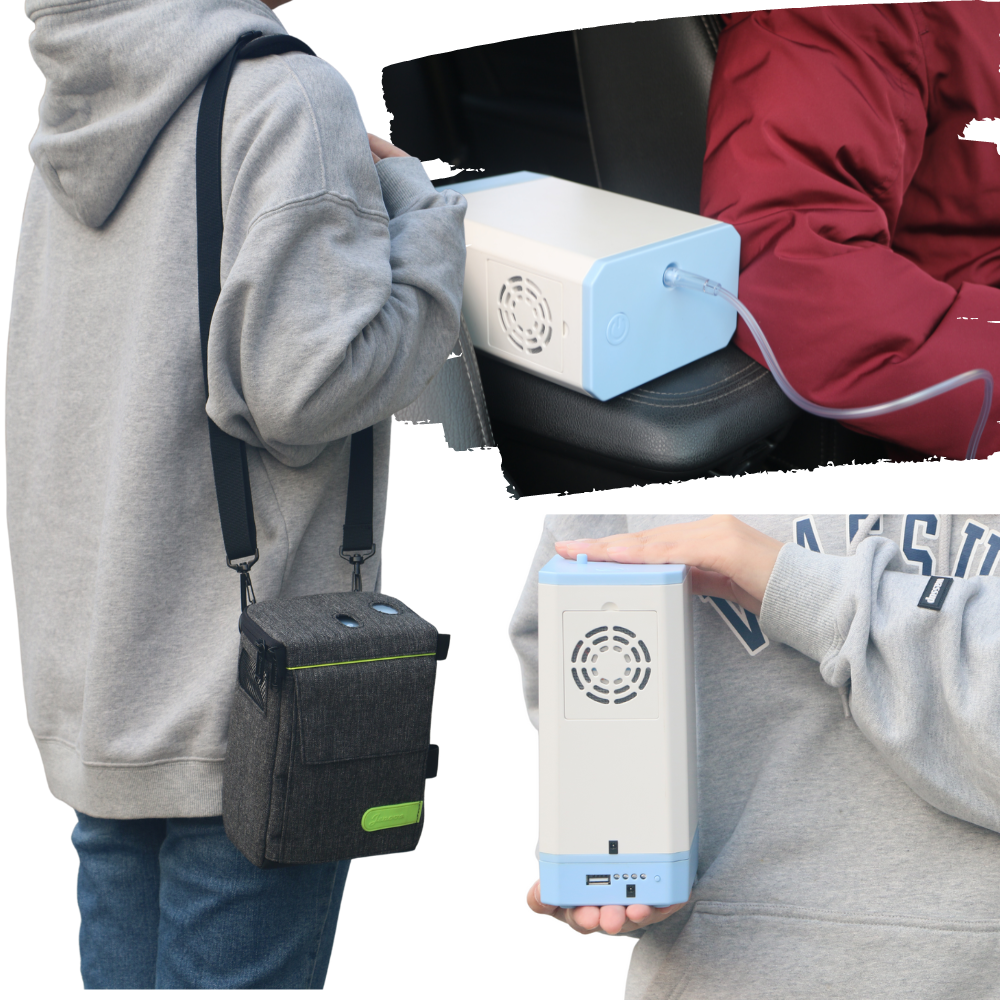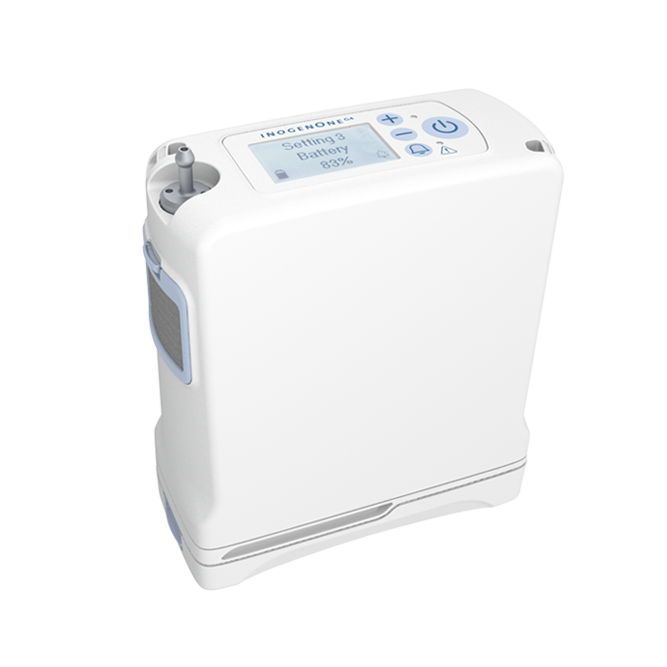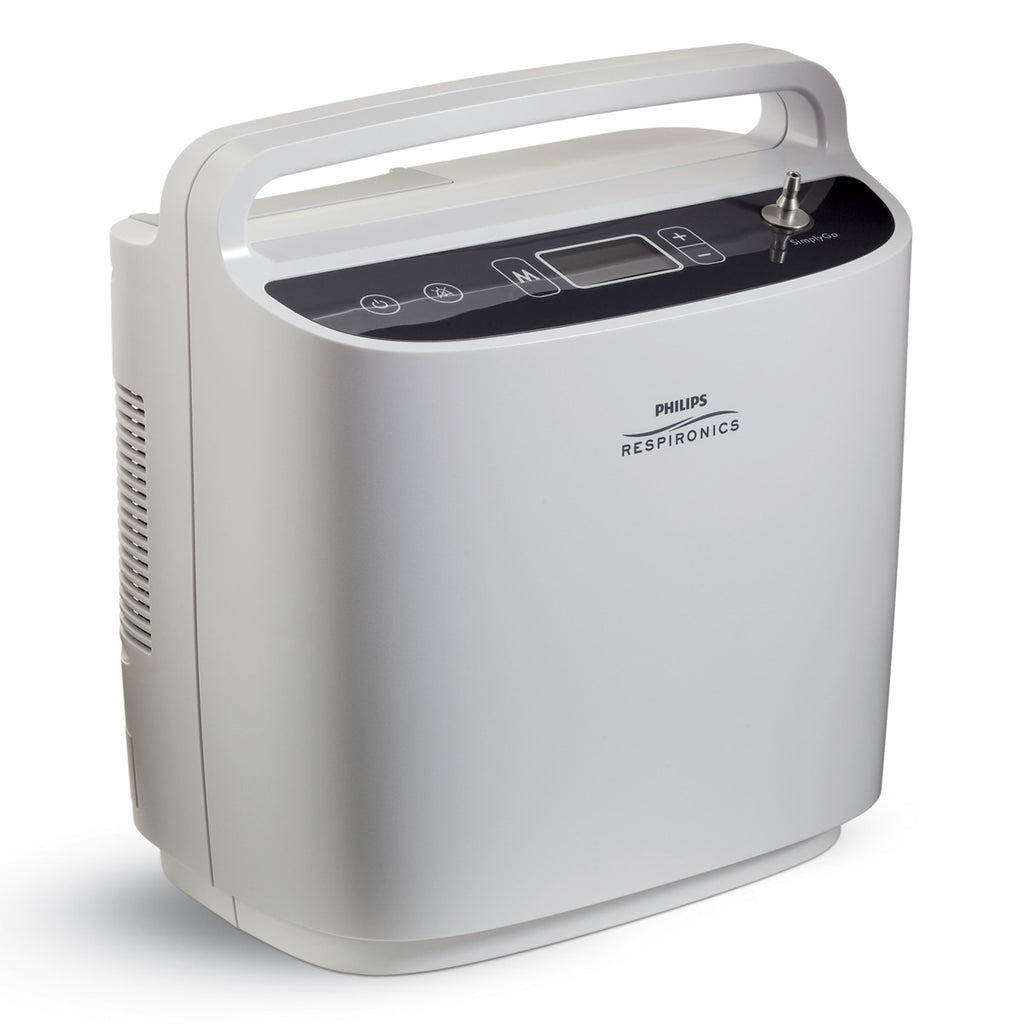The Definitive Guide to Portable Oxygen Concentrators
Wiki Article
Everything about Portable Oxygen Concentrators
Table of ContentsPortable Oxygen Concentrators Fundamentals ExplainedPortable Oxygen Concentrators Fundamentals ExplainedThe Best Guide To Portable Oxygen ConcentratorsThe smart Trick of Portable Oxygen Concentrators That Nobody is Discussing
Fixed oxygen concentrators were as soon as the standard, however these tanks could evaluate 50 extra pounds and were really difficult (Portable Oxygen Concentrators). Now, portable oxygen concentrators get the job done, and they can suit a handbag or handbag! The only thing you ought to maintain in mind is that mobile concentrators have more limited oxygen delivery capabilitiesThere are 2 main kinds of mobile oxygen concentrators: pulse dosage and continuous flow. As the name recommends, pulse dosage concentrators offer oxygen periodically, only triggering when you inhale. This kind of device is typically recommended for COPD clients with minimal oxygen needs, as the amount of O2 that a pulse dose concentrator can deliver is fairly reduced.
This tool can provide up to 3,000 m, L of oxygen every min, while pulse dose gadgets often tend to cover out at 1250 m, L. Continuous flow devices are the go-to for the majority of COPD clients, as they're excellent for individuals who require 2 to 5 liters of oxygen a minute.
Since you have this guide to the different sorts of mobile oxygen equipments, select the finest device with the assistance of your medical professional. You can discover our blogs to read more regarding the kinds of portable oxygen available and our other products, like tubing and cannulas. Or you can call us directly with any particular concerns you could have.
Rumored Buzz on Portable Oxygen Concentrators
We know Americans use residential variations in home care circumstances. We asked yourself just how well these mobile oxygen concentrators would operate in healthcare facilities. POC concentrators enhance the proportion of oxygen in ambient air individuals breathe in, whenever they require a boost. Private-use ones are little sufficient to carry about, and may help prevent the requirement to visit busy clinics and health centers.When it pertains to portable oxygen treatment, there are two major options for delivery. These are mobile oxygen cyndrical tubes which contain compressed oxygen gas, or oxygen concentrators, which make use of a battery powered system to press and filter air, in order to produce a consistent supply of concentrated oxygen. In this blog post, AMS Composite Cylinders Technical Director, Tony Morrin, compares the two, considering the benefits and drawbacks of each oxygen distribution system for NHS medical oxygen users in terms of client freedom.

Portable Oxygen Concentrator Oxygen pureness is continually higher when supplied from cylinders it never drops listed below 99. 6%, regardless of the circulation rate needed. In battery-powered concentrators, pureness is affected by flow rate, and may be 90% or much less, depending upon the equipment. Whilst oxygen concentrators can be useful for patients that call for a lower flow of oxygen, cyndrical tubes provide greater focus that can be preferable for patients with high circulation demands.
Not known Facts About Portable Oxygen Concentrators
Both systems require the person to bring about devices. For cyndrical tubes, this will certainly include lugging a bag (and periodically a trolley) and for mobile oxygen concentrators this will certainly consist of the bag, trolley and power battery charger. Weight wise, portable oxygen concentrators can be similar in weight, or occasionally, lighter than conventional aluminium cylinder systems.
They will need to boost considerably if they are to provide the same level of efficiency as comparable composite cylinders. Oxygen constantly carries a security threat. On one hand, should cyndrical tubes spring a leak, they can produce an oxygen rich atmosphere that could bring about a rise in fire threat.

The difference is that there are considerable ahead of time costs to acquiring a mobile oxygen concentrator, yet lower running expenses making use of cyndrical tubes enables the buyer to spread out the expense over an extensive duration of time. One minor downside of a portable oxygen concentrator is the sound portable systems make a considerable quantity of sound throughout procedure, which numerous people locate disruptive.
Unknown Facts About Portable Oxygen Concentrators

Our top notch carbon composite cyndrical tubes offer high pressure (300 Bar), low weight, and NLL (Non-Limited Life) performance, and are accredited Get the facts for usage worldwide. Further info regarding AMS Compound Cylinders Ltd can be discovered at .
Oxygen concentrators are made with customer flexibility in mind. Whether it's a desktop computer variation for home usage or a smaller, light-weight version for on-the-go, these devices enable patients to move openly without being connected to a fixed device. Particularly for the ones specifically developed for mobility, patients can lug them about, helping with traveling and everyday tasks with convenience.
One of the significant comforts of utilizing an oxygen concentrator is the elimination of the constant need to replenish oxygen storage tanks. This not only lowers the logistical challenges and recurring expenses related to refills yet likewise ensures that the customer has a much more predictable and constant resource of oxygen. Oxygen concentrators are developed to fit seamlessly into the home environment.
Report this wiki page